This month we hear from Dr Charis Hii from the amazing team at My Vet Animal Hospital. If you live in the Sydney area, check out My Vet Animal Hospital for all your furry needs!
Summer and warmer seasons equals long days at the beach, in the bush and at the park with your fur babies. To make sure you really enjoy your day out, make sure your pet is protected against parasites. In this blog post, we’re going to talk about my pet hate: ticks.
What are ticks?
Ticks are little bugs closely related to spiders (you can tell by their 8 legs, although baby ticks have 6). They’re annoying little parasites which feed on blood, sometimes leaving nasty little surprises behind.
There are several species we’re interested in: bush ticks, brown dog ticks, and paralysis ticks.
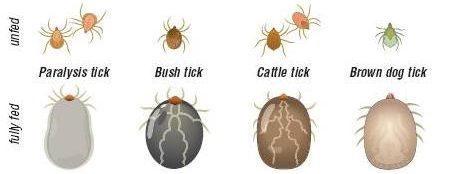
Image credit: Virbac Australia
Why are ticks bad?
Now, I hate ticks in general – as I would any parasite whose goal in life is to feed off my furbaby. Bush ticks and brown dog ticks can cause anaemia and carry some pretty nasty blood-borne parasites. This is usually characterised by lethargy, loss of appetite and pale gums.
That said, I have a special hatred for paralysis ticks. These nasty ticks not only feed on blood, engorged female ticks inject a neurotoxin into the bloodstream – paralysing your furbaby. To complicate matters, this doesn’t just affect your furbaby’s motion, it affects their breathing and swallowing as well. How your furbaby’s body responds can vary: some have mild symptoms, some cases result in death.
Treatment is often intensive, involving: days in hospital for fluids, anti-tick serum to neutralise the neurotoxin, and, sometimes, a ventilator to help your furbaby breathe.
That’s why we’re such strong advocates for tick prevention. Why put your furbaby through all of that when you have such easy access to tick prevention?
How do I prevent them?
There are different types of tick prevention on the market. There are spot-ons, tablets, and collars. Below are some examples of the more reputable parasite protection brands on the market.
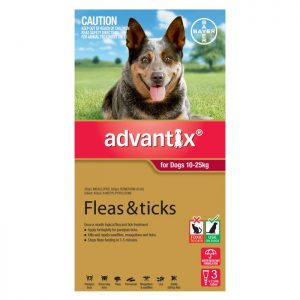
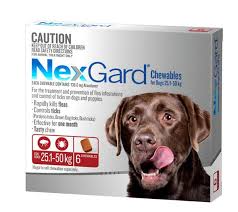
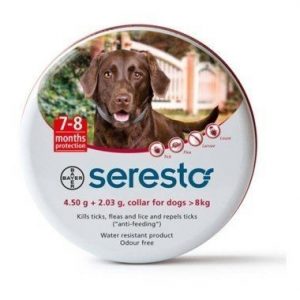
Regardless of what you choose, you must use the product as directed. The label is really important here! It can get quite overwhelming at the pet store, especially with all the options out there.
If you use a spot-on, be careful not to let your furbaby swim or shower shortly after. With you use a tablet, make sure you get the correct size. Or if you’re using a collar, make sure you’re replacing it frequently enough.
Importantly, never ever use dog products on cats. The only product available for cats is the Frontline Plus spot-on, which has to be applied every fortnightly. Products like Advantix, while safe for dogs, are toxic to cats, so please read the labels carefully.
How do you choose between them? You should be looking for something that suits your furbaby’s needs and your needs. The best prevention is whatever you can apply consistently and confidently. And, that said, if you and your furbaby are constantly out in the bush, it’s always a good idea to perform a tick search.
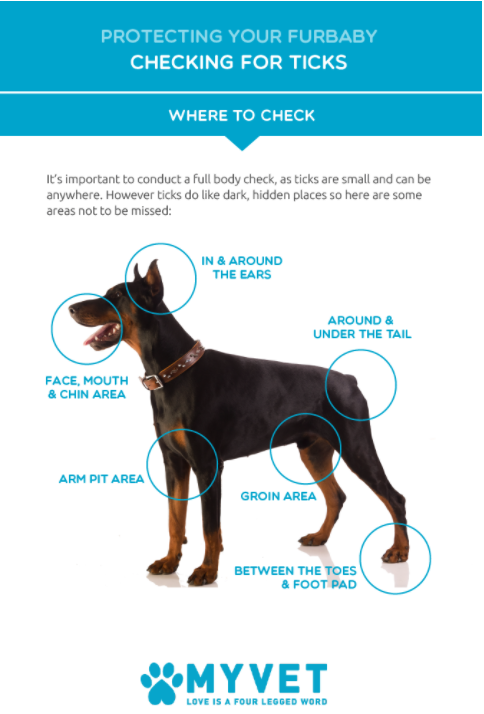
If you find a tick on your furbaby or in your furbaby’s environment, it’s always a good idea to bring it in for your vet to have a look! Sometimes when the ticks are really small, we need to put them under a microscope to make sure they’re not paralysis ticks.
How do I remove them?
The most reliable way to remove ticks is to do so manually. Grasp the tick as close to the point of attachment as possible and pull up with steady pressure. You can do this with a pair of tweezers or specialised tick removers. Try not to twist or jerk as you do this! We don’t want to leave the tick’s mouthpiece behind.
That said, the safest thing you can do is bring your dog in! Your vet can remove the tick safely, identify it, and then advise you on next steps.
In summary
Ticks are terrible, but they’re a manageable threat. Rates of tick paralysis have decreased enormously over the past few years with increasing awareness and the ease of using oral preventatives like Nexgard.
That said, if you have any questions or concerns, especially when it comes to tailoring a prevention protocol for your furbaby, your best resource will be your local veterinarian! We – or maybe just me – nerd out about these things all the time and we want what’s best for your furbaby.


